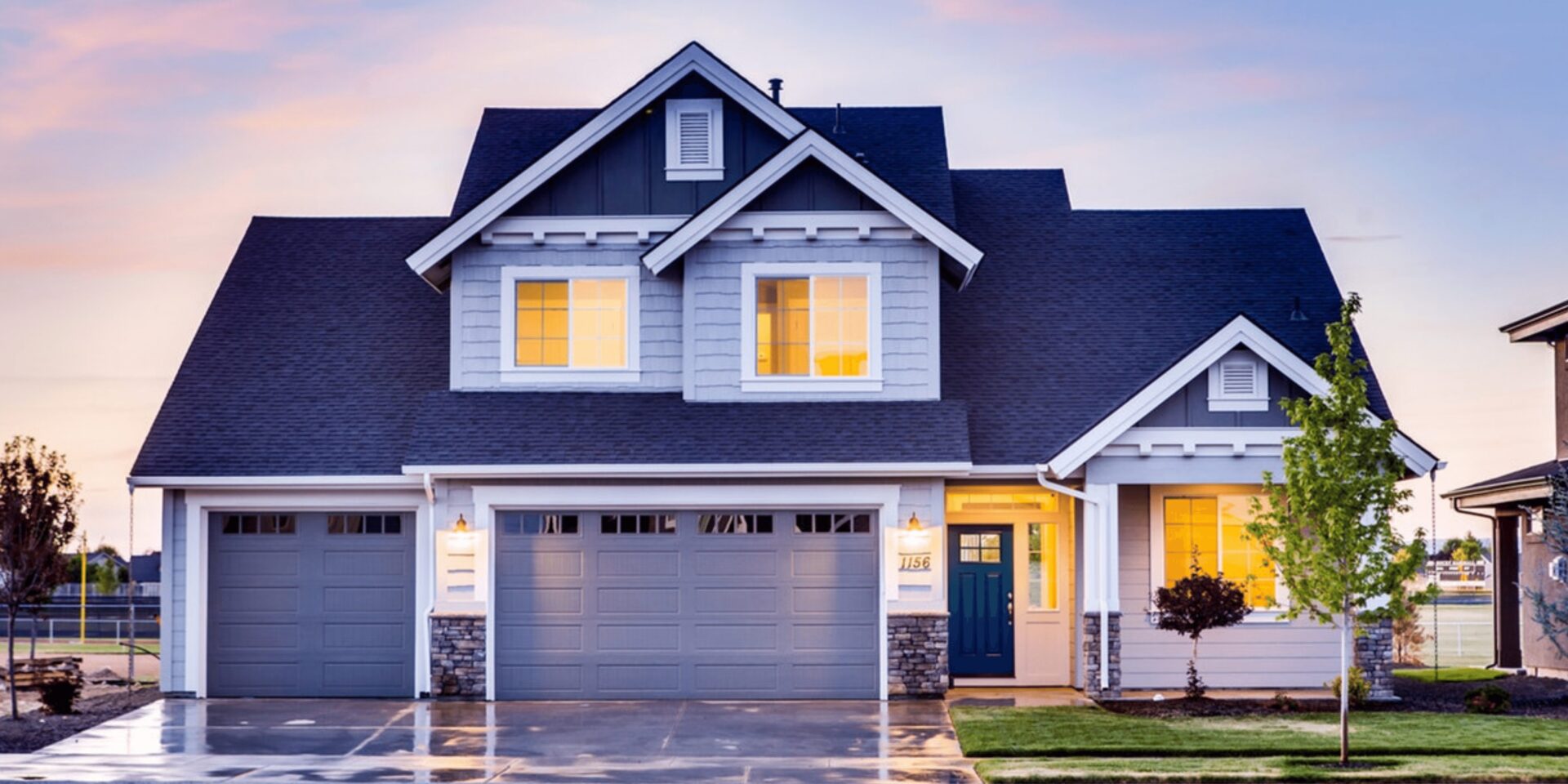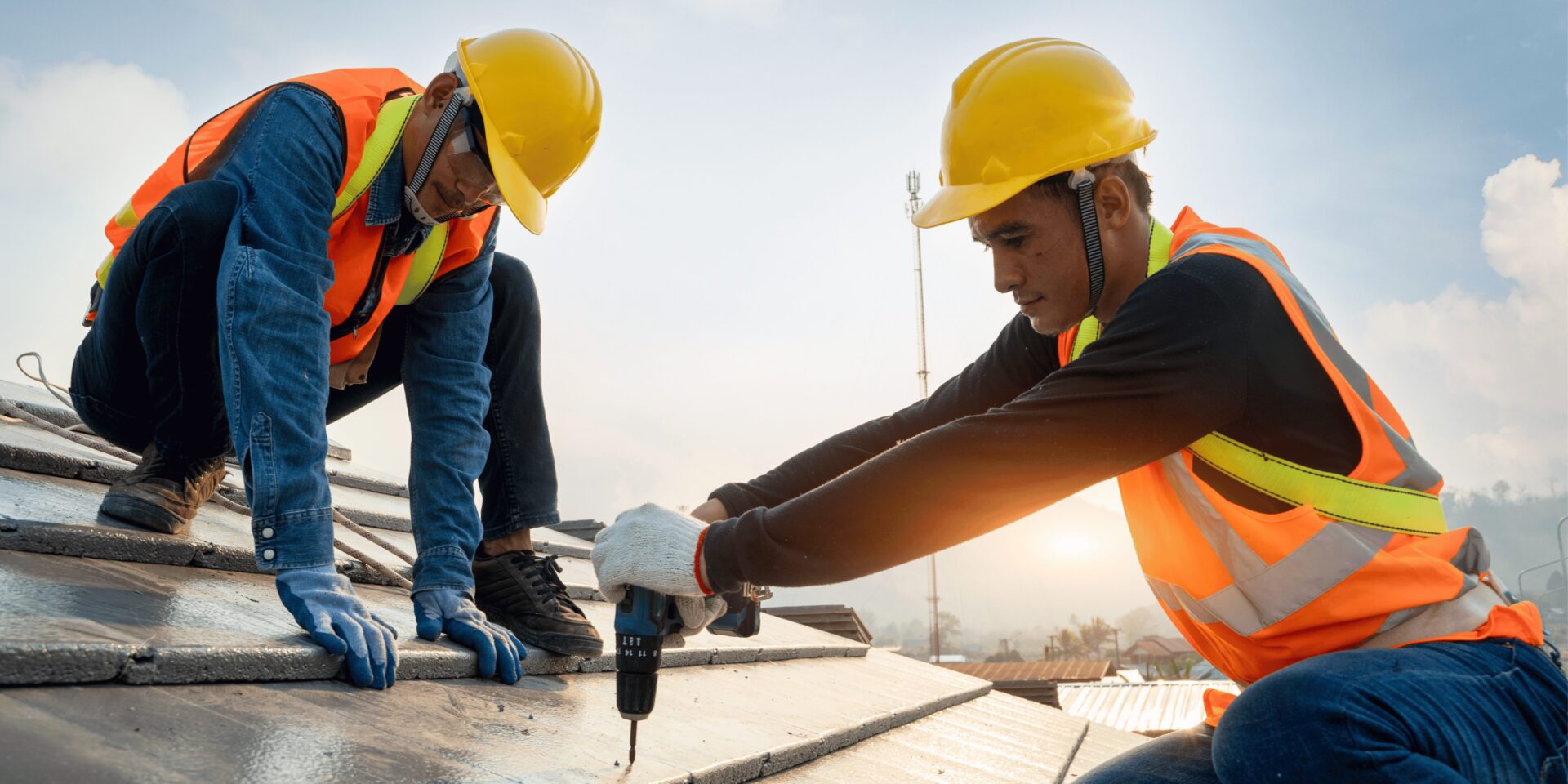Leveraging the 45L Tax Credit with LIHTC
Overview The Low-Income Housing Tax Credit (LIHTC) was introduced in 1986 and has been by far the...

Many Real Estate Developers and Commercial Building owners have a misconception their buildings must be completely “Green” to qualify for powerful energy efficient tax incentives. While solar panels and onsite renewable energy sources might be beneficial for some tax incentives, the tax code does not require them to qualify for others. There are many incentives that reward building owners for constructing their properties to today’s code, or for simply upgrading old and inefficient systems with new equipment. If you have any questions for our experts, schedule a call!
The Energy Efficient Home Credit, or 45L, has been available since 2005. In 2022, the Inflation Reduction Act raised the credit limit from $2,000 to $5,000 per unit. Builders, contractors, and developers meeting energy benchmarks can pursue the incentive for buildings constructed in the last three tax years.
The Energy Efficient Commercial Building Tax Deduction, or 179D, has also been around since 2005. More recently, The Consolidated Appropriations Act of 2021 made it a permanent part of the tax code, and the Inflation Reduction Act of 2022 significantly expanded both the deduction amount and the scope. Commercial building owners, real estate developers, and designers of non-taxed commercial property are now eligible to receive up to $5.00 per square foot for impacting the following systems:
America’s commercial & residential buildings consume more energy than any other single source. When we increase the efficiency of these buildings, we are effectively decreasing our nation’s energy consumption. By leveraging the Energy Efficient Home Credit (45L) and the Energy Efficient Commercial Building Tax Deduction (179D), real estate developers, commercial building owners, and designers of non-taxed commercial property can unlock valuable tax savings, reduce operating costs, and contribute to a more sustainable future.
Explore our latest insights
See more arrow_forward
Overview The Low-Income Housing Tax Credit (LIHTC) was introduced in 1986 and has been by far the...

179D – Energy Efficient Commercial Building Deduction The Internal Revenue Service Section ...

The US R&D Tax Credit has emerged as a game-changer, offering substantial benefits to fuel th...

Overview In the wake of the AI boom, sparked by pioneers like Geoffrey Hinton, Yoshua Bengio, and...